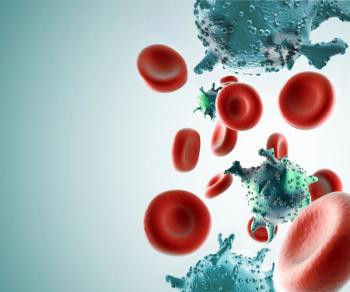
The use of axicabtagene ciloleucel for relapse/refractory indolent non-Hodgkin lymphoma continued the duration of response during the follow-up of the phase 2 ZUMA-5 trial.

Your AI-Trained Oncology Knowledge Connection!


The use of axicabtagene ciloleucel for relapse/refractory indolent non-Hodgkin lymphoma continued the duration of response during the follow-up of the phase 2 ZUMA-5 trial.

The combination of sotigalimab plus pembrolizumab was associated with a tolerable safety profile in patients with unresectable stage III or IV metastatic melanoma.
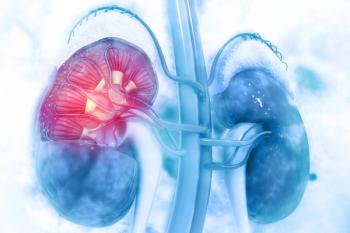
Treatment with cabozantinib in the second line yielded responses in patients with advanced renal cell carcinoma who received immunotherapy in the frontline, regardless of prior regimen.
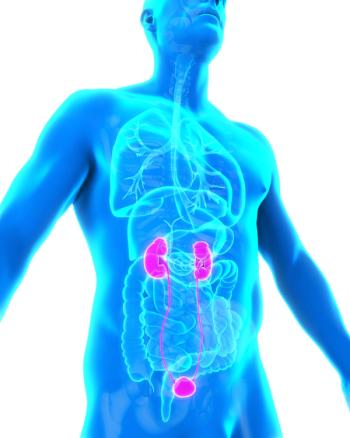
Patients with previously treated metastatic urothelial carcinoma or renal cell carcinoma experienced promising benefit from treatment with niraparib and cabozantinib.
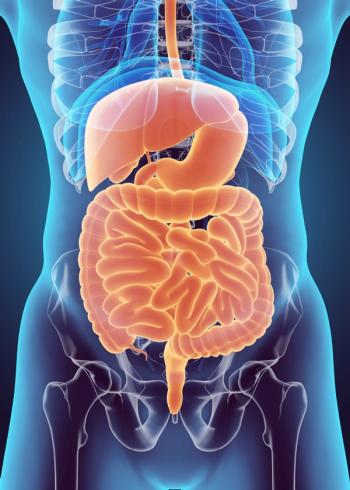
Although the combination of regorafenib and pembrolizumab failed to meet significance for progression-free survival, an improvement in overall survival and disease control were observed for patients with microsatellite stable colorectal cancer.
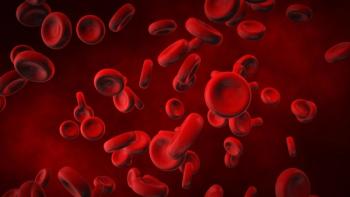
Using the International Prognostic Scoring System (IPSS) score and JAK2 mutation status, thrombosis risk could potentially be identified for patients with primary myelofibrosis.

Daratumumab plus lenalidomide, bortezomib, and dexamethasone followed by transplant continues to show superior efficacy vs triplet therapy alone at a 2-year follow-up to the GRIFFIN trial.
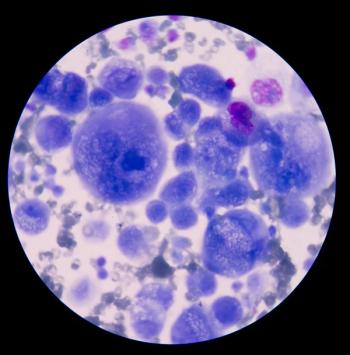
Patients with newly diagnosed, transplant-eligible multiple myeloma continue to experience robust and durable responses to treatment with daratumumab, lenalidomide, bortezomib, and dexamethasone plus autologous stem cell transplant followed by daratumumab plus lenalidomide maintenance.

Patients with HER2-positive breast cancer appeared to derive a higher overall survival benefit after being treated with pyrotinib plus capecitabine vs lapatinib plus capecitabine.

Those with higher Oncotype DX scores may be more likely to complete the recommended 5 years of endocrine therapy for breast cancer.

Caron A. Jacobson, MD, MMSC, highlights data supporting the use of CAR T-cell therapy in patients with indolent lymphoma.
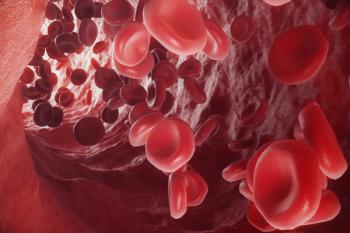
Patients with high-risk polycythemia vera had a worse survival probability at 4 years compared to patients with low-risk disease.
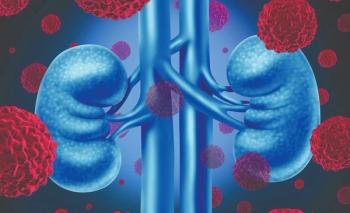
Further results from the KEYNOTE-426 trial continue to support the combination of pembrolizumab plus axitinib in patients with clear cell renal cell carcinoma.

The introduction of targeted therapies and immunotherapeutics may work to improve survival for patients with T-cell acute lymphoblastic leukemia.

Results from the phase 3 KEYNOTE-811 study indicated that pembrolizumab and trastuzumab plus chemotherapy yielded robust, long-lasting responses in patients with HER2-positive metastatic gastric or gastroesophageal junction cancer.

Real-world evidence evaluating the efficacy of rituximab maintenance following frontline BR or R-CHOP supports its use in mantle cell lymphoma.

Data from the MonumentTAL-1 trial detailed the benefits with the recommended phase II dose of talquetamab to treat patients with relapsed/refractory multiple myeloma.
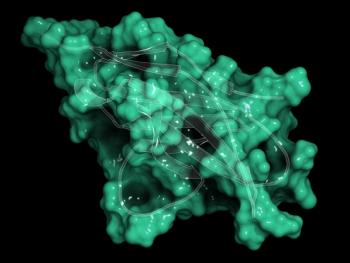
About 40% of patients who progressed on placebo following resection of melanoma experienced an objective response with crossover to pembrolizumab in the phase 3 EORTC 1325/KEYNOTE-054 trial.

The phase 1 dose-finding CTNO1552101 trial of TN0155 in adults with advanced solid tumors reported initial results at the 2021 ASCO Annual Meeting.

In addition to promising effects on tumor progression risk, apatinib added to doxorubicin for ovarian cancer in certain settings increased overall response rate versus single-agent doxorubicin.

A dostarlimab triplet combination showed promise in a phase 2 study for treatment of patients with platinum-resistant ovarian cancer, according to a presentation at the Society of Gynecologic Oncology 2021 Virtual Annual Meeting on Women’s Cancer.
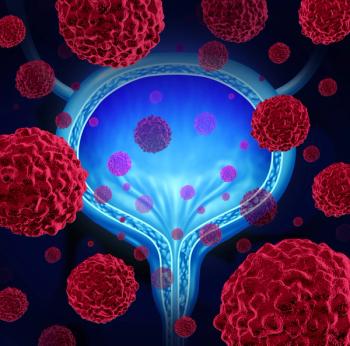
In patients with cisplatin-ineligible, locally advanced or metastatic urothelial cancer who received prior PD-1/PD-L1 inhibitors, enfortumab vedotin induced the highest response rates seen with any regimen in this setting.

A Japanese study supports the use of nab-paclitaxel for previously treated non–small cell lung cancer based on noninferiority end points being met.
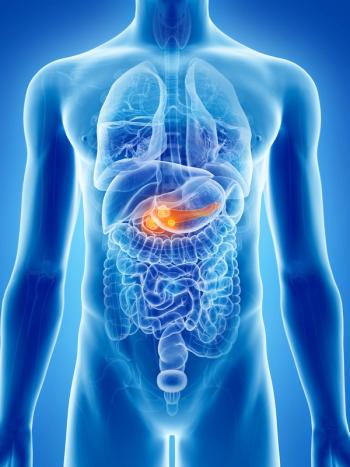
No significant benefits to progression-free survival were noted with the axitinib-plus-octreotide combination for the treatment of patients with advanced G1-2 extra-pancreatic neuroendocrine tumors.

After breast-conserving surgery and adjuvant endocrine therapy, whole breast irradiation can be omitted from the treatment journey of low-risk, older patients with pT1-2 tumors (≥3 cm) who are on local control at 10 years.

The enriched chimeric antigen receptor T-cell therapy improved responses and prolonged duration of response in patients with relapsed/refractory multiple myeloma.

The CAR T-cell therapy continued to demonstrate deep and durable responses in heavily pretreated patients with relapsed/refractory multiple myeloma.